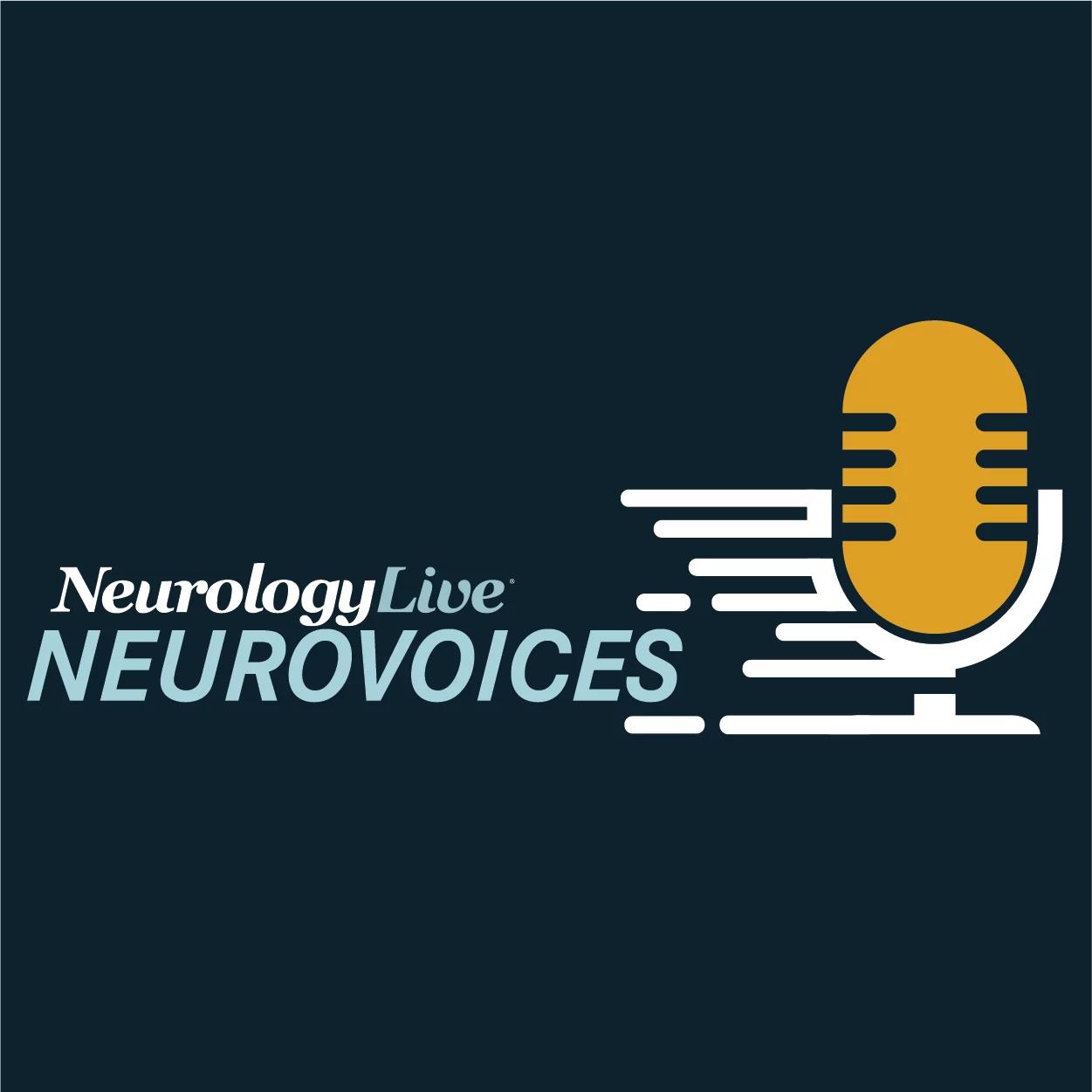Commentary
Video
Evolving Parkinson Disease Care in the Digital Age of Neurology: Sheryll Baltazar, NP-C
Author(s):
The nurse practitioner at the Parkinson’s and Movement Disorders Center at Stony Brook Medicine discussed the increasing role of artificial intelligence in neurology, specifically movement disorders. [WATCH TIME: 5 minutes]
WATCH TIME: 5 minutes
"I think there's vast potential for AI in neuroimaging. In our center, we also use AI to recognize neurocognitive disorders that possibly have an etiology related to neurodegenerative disease."
Artificial intelligence (AI) is increasingly being explored as a tool for diagnosing and managing diseases, leveraging vast amounts of health data from smartphones and affordable sensors. By analyzing these real-world data, AI can provide unique insights into disease burden and patient status in everyday environments. Additionally, AI can enhance symptom monitoring and support global epidemiologic research through clinical datasets. However, while these applications hold promise, it may be crucial to extensively assess both their utility and limitations.
The most transformative applications of AI in neurology remain aspirational. One potential breakthrough is the ability to define molecular subtypes of Parkinson disease (PD), which could enable personalized treatment by matching patients to targeted molecular therapies. This advancement would help drive the future of precision medicine. Until AI reaches this stage, its primary role might be in individualized patient monitoring, complementing—rather than replacing—movement disorder specialists.1
Building on these possibilities, experts are actively exploring AI’s role in advancing Parkinson care. In a recent interview with NeurologyLive®, Sheryll Baltazar, NP-C, a nurse practitioner at the Parkinson’s and Movement Disorders Center at Stony Brook Medicine, discussed the potential of AI-driven innovations such as adaptive deep brain stimulation to improve long-term treatment outcomes. She also highlighted key challenges, including the ethical considerations of integrating AI into clinical neurology and the evolving role of wearable technology in addressing gait and motor disturbances in neurodegenerative diseases.





